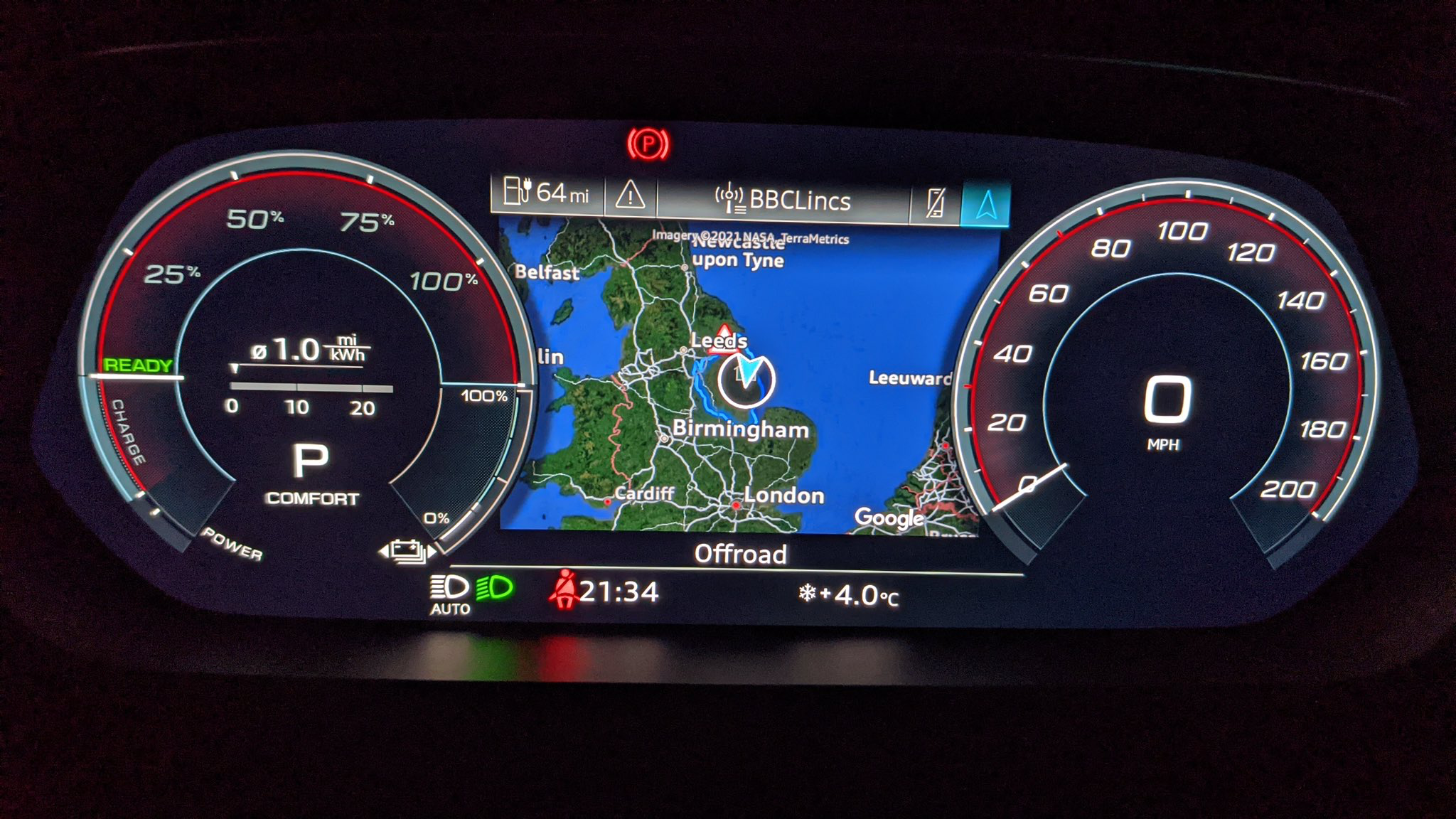New EV cars and IPSGA
For a petrol head, there’s nothing much better than a ‘new car day’; even if the car in question is fully electric. For an advanced driver, and National Observer, that advent also prompts the thought of ‘how might my new Electric Vehicle (EV) affect my approach to IPSGA and driver coaching’?
Forth things first, referring to the G of IPSGA, most EVs don’t have gears. Whilst the brand-new car in question is a 2021 Audi e-tron GT, which does in fact has 2 gears: they’re not controllable by the driver. However, what is controllable on this car is the level of ‘regenerative braking’, as it is on some other EVs. The strange thing, for someone who has come from an automatic Audi A4 with regular use the + & - gear shift paddles, is that this braking effect is adjusted through what look like normal paddles on the steering wheel. If I tap the ‘-‘ paddle, it as such slows the car down via the electric motor regeneration when you’re not accelerating. This action also tops up the battery, very slightly, but most certainly doesn’t negate the use of the disc brakes.
Whilst you can’t use the ‘gear phase’ of the system, the ‘engine braking’ can be utilised to assist in the speed phase. That said I would always recommend that you allow time and space for the ‘gear change’, especially when approaching bends, as this will allow the car to balance before you get to the hazard in question. Another thing that needs to be considered is the added weight of batteries on an electric car, requiring a driver to be mindful of the effect on balance and braking. In the case of the e-tron GT this is a whole 2.3 tonnes!

‘Information’ and ‘Position’ should not be affected by a change of car, albeit visibility may be slightly different and a change in car size is likely to adjust a driver’s approach to ‘Position’ – either for safely, or the view.
We’ve already discussed that the speed phase can be assisted by regenerative braking on an electric car, and note the Highway Code rule 126 applies to all vehicles; to drive at a speed that will allow you to stop well within the distance you can see to be clear.
As we move from ‘Speed’ to ‘Acceleration’, a new car of any kind can sometimes provide more invigorating acceleration. In the terms of some EVs, this can be certainly be compared with a rocket ship. The new Audi e-tron GT in question has 523 bhp and a 0 to 62mph acceleration time of 3.9 seconds. Most would agree this is ‘too fast’ for Lincolnshire’s roads and smooth application of the accelerator is a must during everyday driving, as the torque delivery is instantaneous. The disconcerting thing is the lack of notable sound makes it difficult to judge speed, and there’s no ‘third for thirty’ to hold you back in town. However, cruise control and a speed limiter are standard equipment for considered use.
As technology progresses, we’re seeing the P of POWDERY checks shifting from Petrol to Power. There’s much talk of range anxiety with electric cars but in truth, from an advanced driving perspective, it’s all about planning your journey. Like a car with an internal combustion engine, the distance an electric car can travel can be affected by several things. In the case of the e-tron GT, Audi claims that a full 93.4 kWh battery will provide around 300 miles of range. In everyday conditions, this is nearer to 250 to 270 miles. The things which can affect this is ambient temperature, driving mode, the use of air conditioning and, most telling, the actions of the driver. Forward planning and smooth use of controls can, as always, have a positive benefit.
The final consideration for this article is for Volunteer Observers. Observing an Associate in a car with technology that you’re not familiar with can be challenging. You’re reliant on the driver to share their knowledge and experience. Of course, part of an advanced driving course objective is for an Associate to demonstrate and understanding of their vehicle. In truth the main difference is the regenerative braking, which can be felt by all occupants. An Observer may think the Associate is braking, when in fact they’ve just lifted their foot off the accelerator. I’ve experienced this myself during an Advanced Driving Course, from the passenger seat of a Kia Nero Hybrid car.
The IAM Lincolnshire delivery team will have the option of experiencing the Audi e-tron GT, from the three passenger seats, to help inform their understanding of electric vehicles at their next Observer group session.
Richard Hardesty
National Observer, IAM Lincolnshire


Write a comment